How to leverage user intent to level-up your SEO
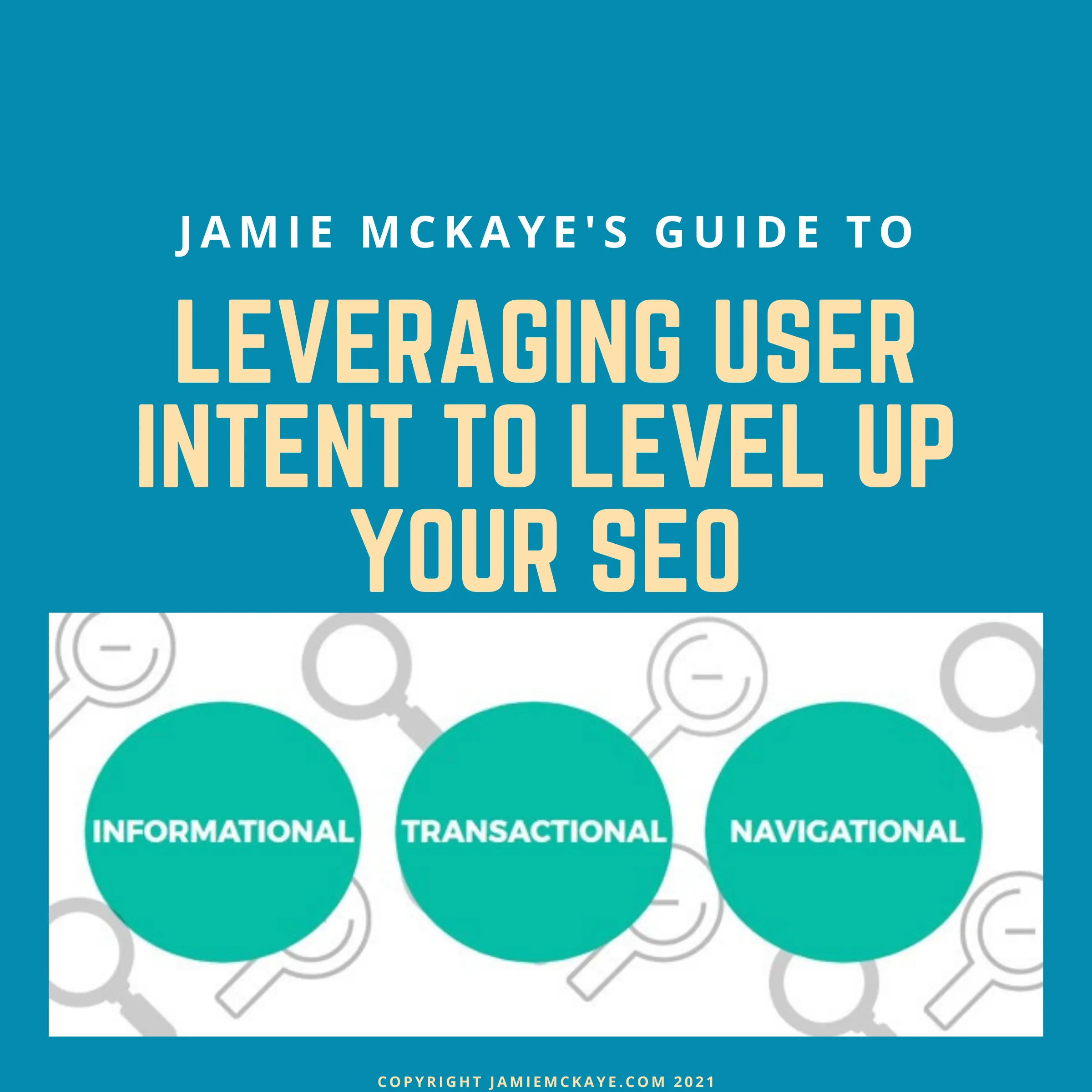
Understanding user intent is one of Google’s primary goals so you can’t afford to be ignoring it. This post explains how you can make sure you’re understanding and targeting the intent behind a search query.
Getting to grips with user intent can be the thing that levels up your SEO strategy. You’ve boxed off your keywords, built a great backlink profile and ensured the user experience of your website is second to none. So why aren’t you ranking for your targeted keywords? It could all come down to user intent.
Table of Contents
What is user intent?
User intent, also known as search intent, is the main goal that a user has when they submit a search query. It refers to the exact results that a user is hoping to be presented with. For example, if a user searches for “coffee” the search engine needs to understand if they are looking for a place to buy coffee or a coffee recipe. This is the user intent behind the search.
There are different types of searches that a user can make depending on the intent behind the search and the results that they’re after. Google divides different search types into three main categories:
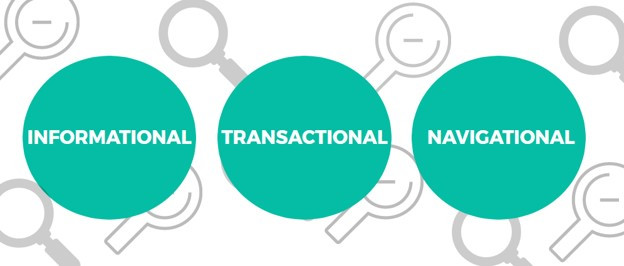
- Informational
- Transactional
- Navigational
So what do each of the search types mean and what is the user intent behind them?
Informational search intent - An informational search query is made when a user is looking for information on a certain topic.

- How to change a tyre
- What is the weather in London today?
- Barack Obama
- Fastest route from Manchester to Liverpool
Transactional search intent - A transactional search comes from a user who is looking to make a purchase.
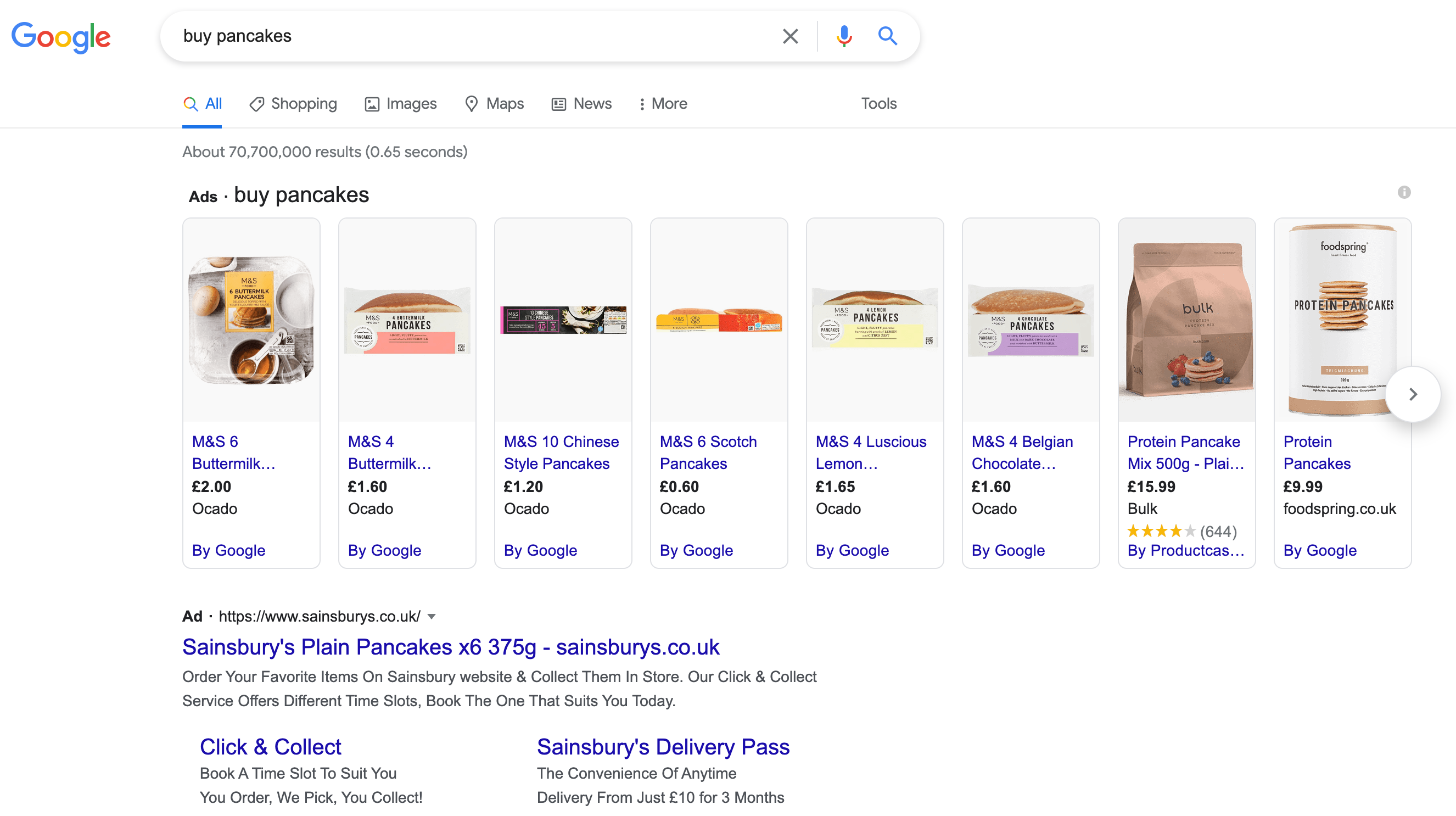
Transactional searches are some of the most beneficial to target as often the user is well advanced into the consumer journey. Sometimes a user making a transactional search will know exactly what they are looking for and in this instance the search query will often be detailed or branded. Sometimes however the search query is more vague and the user is open to options. Examples of transactional search queries include:
- Black leather sofa
- Buy digital alarm clock
- Nike white trainers
- Grey mens suit jacket
Navigational search intent - A navigational search query has an exact intent behind it. It’s made when a user is looking to visit an exact website.
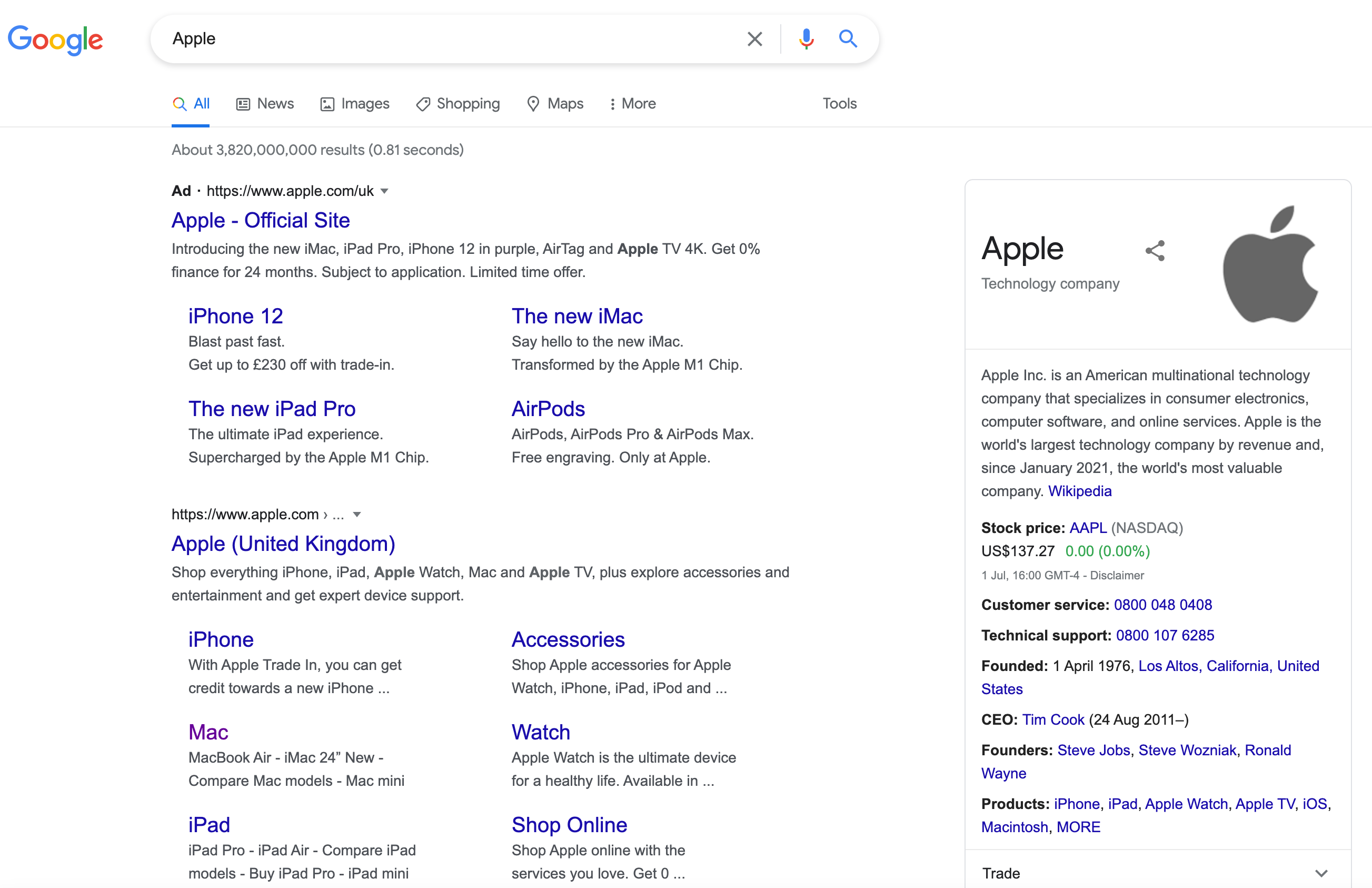
For most internet users it’s quicker to type the website or brand name into Google than it is to type out the full URL, hence why navigational searches are made. These searches will normally just be the brand or website name but will sometimes also include additional information to help navigate them to a specific page. Examples of navigational search queries include:
- Apple
- Wordpress log in
- Rightmove houses for sale Birmingham
- New York Times
It’s important to remember that sometimes a search query will have more than one intent behind it. For example a user may search for “Apple iPhone” when they are looking for more information on an iPhone before they then go on to make a purchase.
How does user intent impact your SEO strategy?

User intent has a major impact on the success of your SEO strategy.
Understanding the intent behind a search query is one of Google’s top priorities which means it also needs to be one of yours too. Google wants to ensure that the results it presents to a user are as relevant to their search query as possible. If a user conducts a search and is met with irrelevant information this signals to Google that the intent and the results are not aligned.
For example, if a user searches for “How to build a treehouse” but gets a page of results with treehouses for sale, they will most likely make another search without clicking on any of the results. This immediately tells Google that the results it’s presenting for that search term are not good enough.
Google began prioritising user intent back in 2013 with its Hummingbird update.

This was one of the first times that the search engine moved its focus from keywords and backlinks to user experience (UX). The Hummingbird algorithm update looked at how users use human language to search and allowed Google to understand more colloquial terms in order to better match content to search queries.
In 2015 Google yet again focused on user intent with the introduction of RankBrain, a machine learning algorithm update that focused on natural language whilst learning what users actually mean when they input certain search queries.
When it comes to ensuring that search results are relevant to the original intent behind the search Google doesn’t just rely on its bots and algorithms. They also hire thousands of Search Quality Raters who evaluate search results based on strict guidelines. This feedback is then used to improve Google algorithms and ensure the search engine presents only the most relevant results.
So as you can see, if Google is putting such a strong focus on understanding and matching user intent then it’s going to majorly impact how well your web pages rank for your targeted keywords.
How to optimise for user intent (properly)
When optimising your website to meet user intent you need to understand the customer journey and key online behaviours of your target audience. How do they search? What type of searches are they making? If you don’t understand how your target audience are searching and browsing online then you can never be sure that the content you're producing matches the intent behind their search queries.
So what can you do to ensure your website is optimised to help meet user intent?
Look at the bigger picture - When undertaking your keyword research it’s important to think beyond the keyword. Often a search query can have more than one intent depending on the needs of the individual user. You may find that your content will rank for a keyword with one intent but not another. When deciding which keywords you want to target make sure you also analyse the user intent behind those search queries and ensure they’re relevant to your website.
Create relevant content - It might seem obvious but one of the best things you can do to meet users needs is to produce the content they’re actually looking for. Producing content that’s relevant to your target search terms gives you the best chance of ranking. If you want to target “Quick and easy recipes” then make sure you have quick and easy recipes on your website. Simple right?
Optimise your tags and descriptions - Updating your title tags, H1 and H2 tags and your meta descriptions are all great ways of giving users a clear understanding that the content on your page matches what they’re looking for. Having an optimised title tag and meta description that’s an accurate reflection of your website content is a great way to encourage users to choose your listing from their SERPs.
Analyse the SERPs - Taking a look at the search results that Google presents for a specific search term can be useful when planning the content on your website. For instance if Google features a numbered list in the featured snippet for an informational search query then it may be worth creating content on your website that also features a list in answer to the original search question. The SERPs give you a good idea of the kind of content that Google values for that search term, helping to inform your own content strategy.
It’s also worth looking to see if Google presents a “related questions” section in the results for your targeted keywords. If so you should look to create content on your website that clearly answers these questions too.

Check out your competition - If you want to nab the number one spot in the results for a certain keyword then it’s always a good idea to see what your competition is up to. Take a look at the website that currently ranks top for your target keywords and see if you can take any inspiration from their content. You don’t want to directly copy them but if they’re ranking well then Google is clearly impressed with their content so it can’t hurt to take a little inspiration.
Look at elements such as how they’ve presented their content, their tone of voice and the points that they cover. It’s also a good idea to see if you can identify anything their content is missing that you can provide.
The benefits of understanding user intent
Google cares about user intent. A lot. If you can understand and begin to target for the intent behind a search query you should start to reap in the benefits including:
Lower bounce rate

If you successfully understand and target user intent then you will start to receive more relevant traffic to your website. If a user clicks on your website and immediately leaves without undertaking another action that’s classed as a bounced session.
If Google notices a high number of bounced sessions it will presume it’s because the content on your website isn’t good enough and will penalise you accordingly in the rankings. Therefore if you’re managing to create content that the user is actively looking for and targeting the right keywords and intent, your bounce rate will decrease.
Increase in conversions
If you’ve targeted the right user intent with your content then you’ll likely see an increase in the number of conversions you receive. Having a load of traffic to your website is all well and good but if they’re not converting then it offers you little value.
By knowing what content a user is looking for and accurately targeting them with it you will ensure that visitors to your website convert, highlighting how understanding user intent can help to improve other areas of your business, not just your SEO.
Improved rankings
Due to the fact that Google puts such a high value on user intent and relevant content it’s easy to see that if you can improve your keyword targeting to match search intent you should see an improvement in your rankings.
If a user finds the content they were originally looking for on your website they are less likely to return to Google to find another result, clearly telling the search engine that your web page features the exact content for their original search term.
Wider customer reach
The more specific your content is to search intent the more customers you will be able to reach, all at different stages of their consumer journey. If you focus on creating content that matches different search intents from people looking to find out more about your brand to users who are ready to make a purchase, you will increase your chances of reaching them all which will in turn help to increase your conversions and customer base.
Key takeaways
Understanding and targeting the user intent behind specific search terms all comes down to the content you produce. If it’s relevant and meets their needs then you’ve successfully understood the intent behind their search. Some key things to remember when creating the content that users are looking for in a format that works are:
- Understand the intent behind every search term you’re targeting.
- Use the SERPs to help you understand the type of content Google ranks for a search term.
- Make use of your title tags and meta descriptions to help you target users.
- Create high-quality, relevant content that meets the needs of users.
You don’t need to overcomplicate user intent, behind every single search query there’s an intent, you just need to understand what it is and ensure you’re targeting the intents which your website can fulfill.
Google shows no signs of reducing the importance it puts on user intent meaning it’s set to be a crucial part of SEO strategy for good.


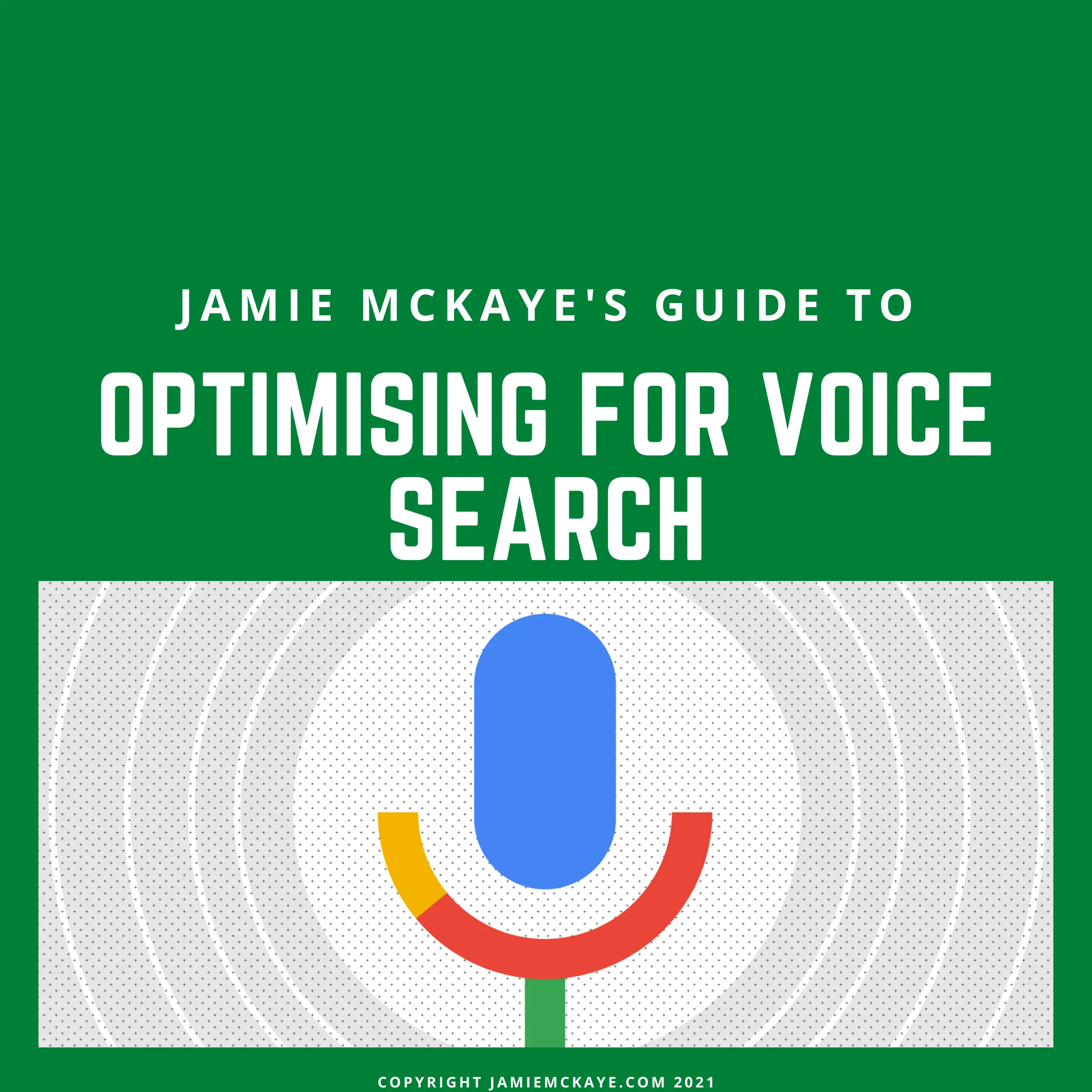
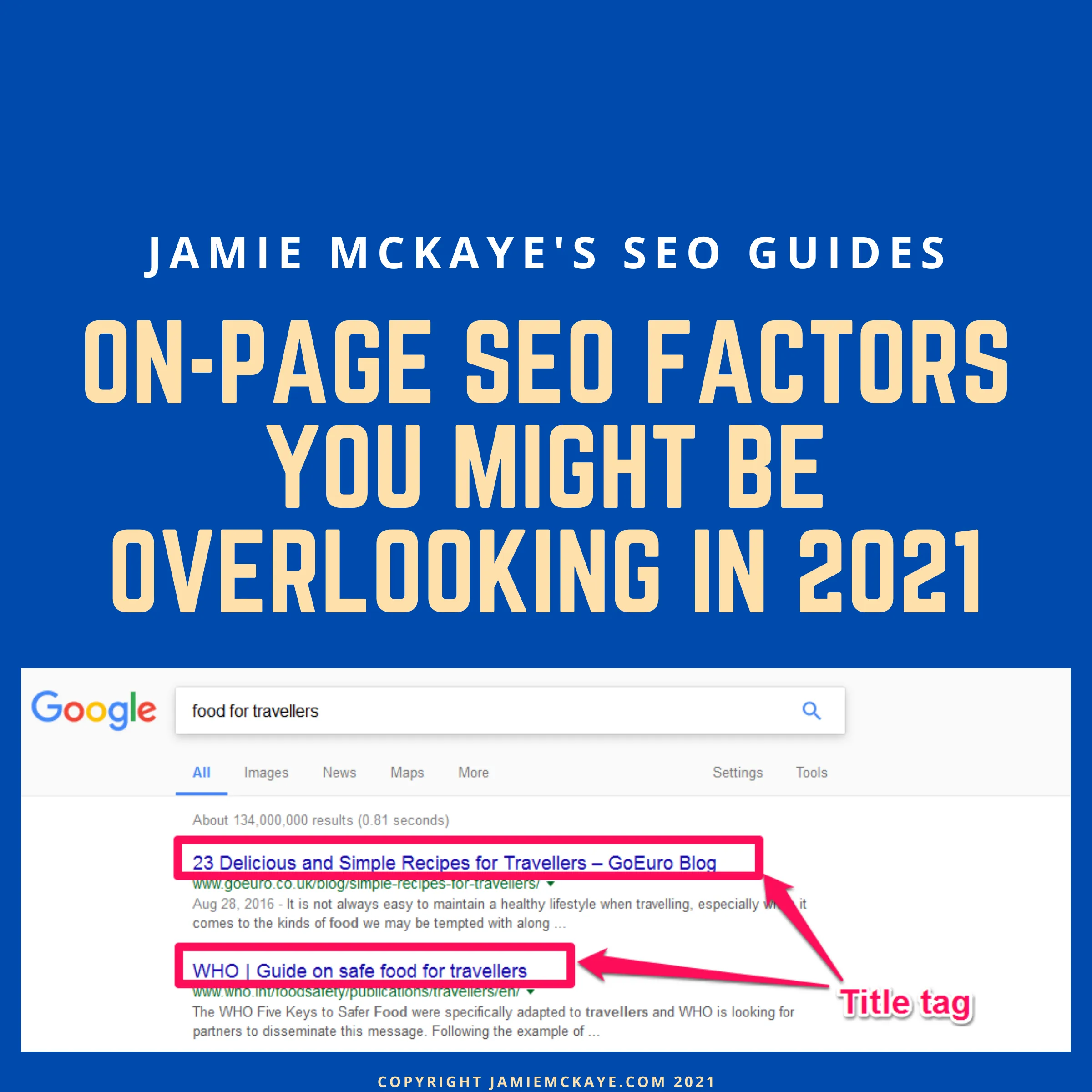
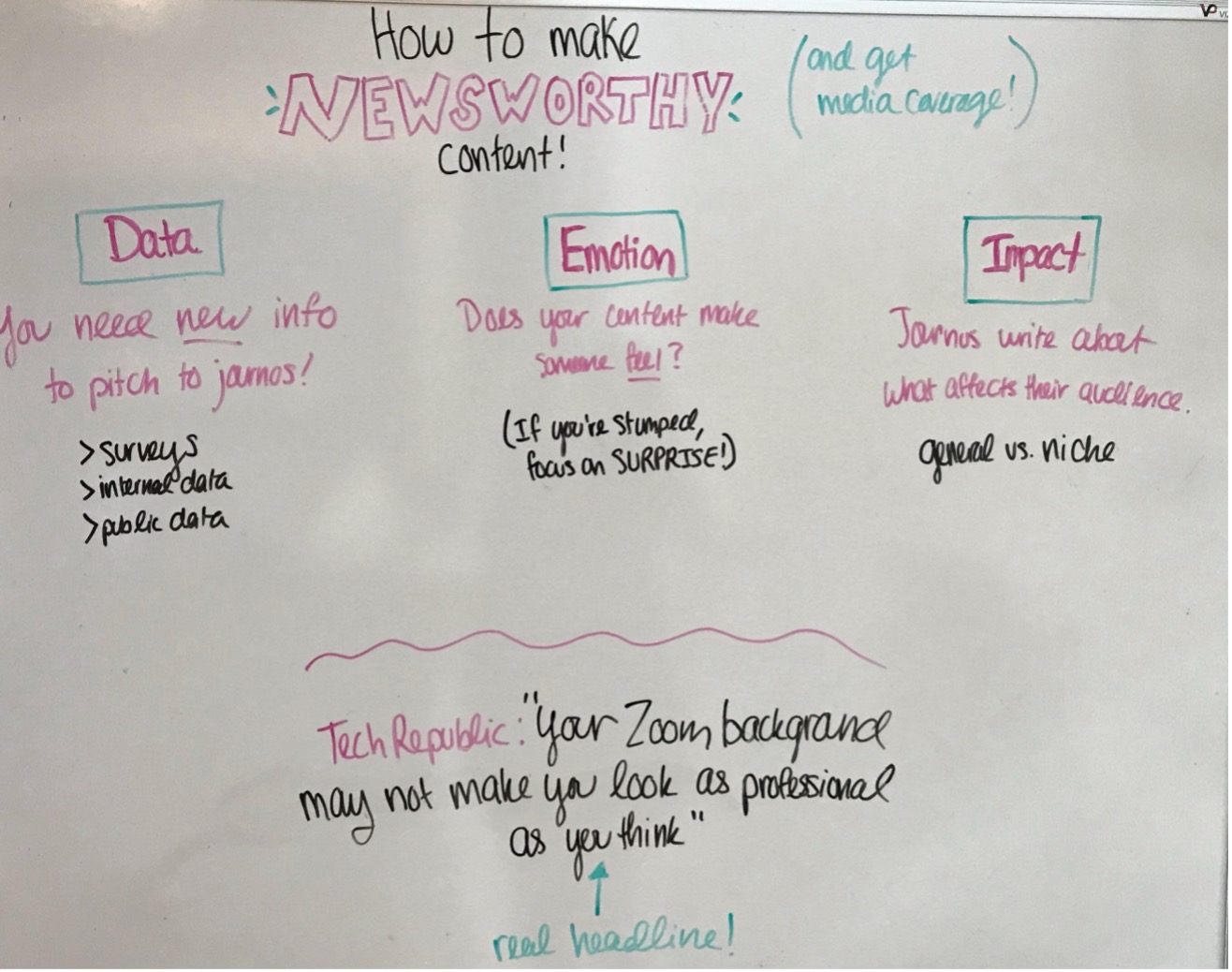
Comments